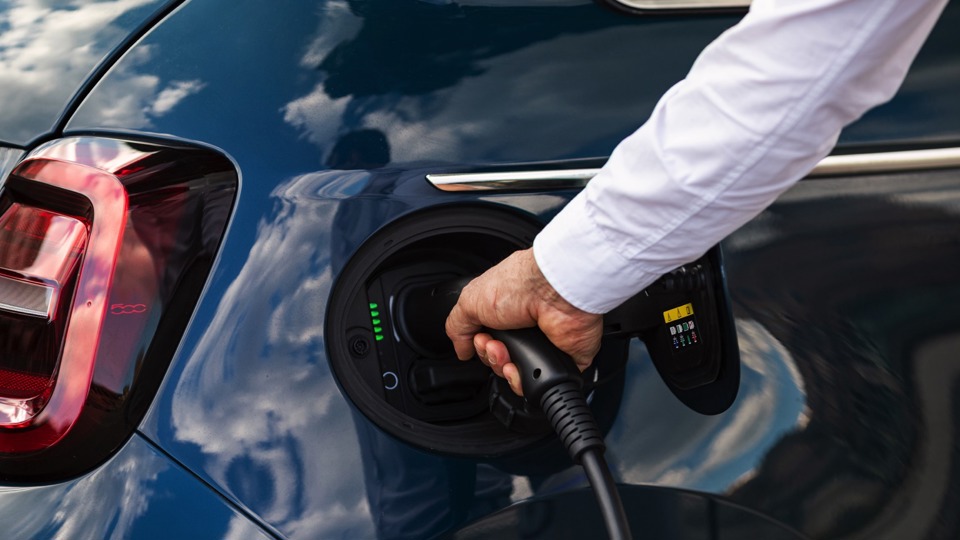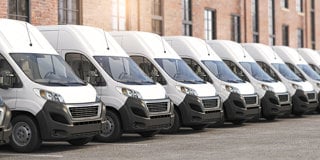Despite the average purchase cost of new electric vehicles (EVs) falling, with an average price of £49,165 they remain 31% higher than their internal combustion engine (ICE) counterparts.
That’s according to the British Vehicle Rental and Leasing Association (BVRLA) in its latest Road to Zero report, which also suggests that high levels of discounts from OEMs are expected as the Zero Emission Vehicle (ZEV) mandate takes effect and sellers look to stimulate demand.
According to Auto Trader, the average battery electric vehicle (BEV) retail discount rose from 5% last year to 10.7% by the end of May 2024.
The 2024 Road to Zero report, produced in association with Ricardo, shows how certain market-wide challenges are impacting the transition to zero emission vehicles (ZEVs).
Six months into the implementation of the ZEV Mandate, the early effects of its introduction are beginning to play out, it says.
Where business leasing for electric cars remains strong and is supporting manufacturers’ effort to meet the mandate, demand for personal leasing has seen a slight decline.
Rental utilisation of electric cars is limited and shows low demand as a result of driver concerns over charging and vehicle suitability.
The electric van market is also not performing well. Data from the Society of Motor Manufacturers and Traders (SMMT) shows a drop in market share in June 2024, falling to 4.7% year to date from 5.2% in June 2023.
This slowdown is reflected in BVRLA business leasing figures with new fully electric van additions to the leasing fleet falling from 10.2% in Q4 2023 to 9.2% Q1 2024.
This reflects the general trend where, despite overall growth, demand for BEV vans has fallen 5.1% in the first six months of 2024.
Personal leasing demand, meanwhile, is well below business leasing and has fallen to a 16% market share of new additions in Q4 2023, compared to 19% the year before.
Personal leasing costs are expected to fall with base interest rates and increased OEM discounts on EVs, but this may take time to impact leasing prices, suggests the report.
BVRLA chief executive, Gerry Keaney, said: “In a landmark year for road transport decarbonisation, electric car registrations are stalling, demand for electric vans is falling, while the used market for EVs faces collapse.
“Early momentum is waning. We have over one million zero-emission vehicles on the road, yet demand is imbalanced.”
The report highlights how used EV prices have fallen for 21 consecutive months.
The cumulative decrease in residual prices for EVs since September 2022 has been 51% compared to 11% for petrol, it says.
On average, used EVs are now taking longer to sell than ICE, despite the overall days-to-sell having improved since 2023.
Younger used EVs (3-5 years old) are selling faster than their ICE counterparts.
The used EV marketplace is largely made up of premium saloons and SUVs, with a lack of choice for lower-cost volume vehicles that typically sell faster.
Only 29% of used ZEVs sold were under £20,000 compared to the overall used market (83%) at the end of 2023.
Larger dealers are seeing their EV stock sell much quicker than smaller independent dealers, partly due to more aggressive pricing strategies to increase sales volumes. However, most dealers are not stocking used BEVs, according to the report.
With supply expected to continue increasing exponentially, used BEV market values are in crisis, it says.
Keaney said: “This year’s Road to Zero report presents a warts-and-all review of where we stand today.
“It highlights where the biggest wins can be delivered and how to stimulate previously overlooked sectors.
“Our new Government must hit the ground running on road transport decarbonisation. Targeted action is needed on charging infrastructure, the used market, and the van transition. Armed with the insights in this report, we are ready to further those discussions right now.”
The Road to Zero report combines up-to-date industry data and analysis with insights from senior stakeholders representing all corners of the vehicle rental, leasing, fleet management, and associated sectors.
Elsewhere, the report explores the changing picture of repair, maintenance and insurance, as well as the state of the used BEV market and how it will evolve as the UK’s car parc changes.

























Login to comment
Comments
No comments have been made yet.